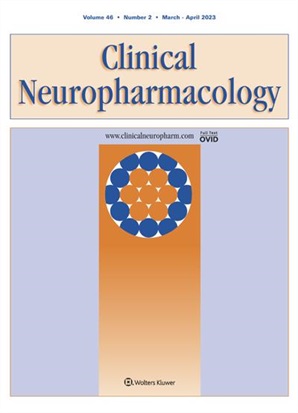
“In this review article, we embark on a thorough exploration of cannabinoids, compounds that have garnered considerable attention for their potential therapeutic applications. Initially, this article delves into the fundamental background of cannabinoids, emphasizing the role of endogenous cannabinoids in the human body and outlining their significance in studying neurodegenerative diseases and cancer. Building on this foundation, this article categorizes cannabinoids into three main types: phytocannabinoids (plant-derived cannabinoids), endocannabinoids (naturally occurring in the body), and synthetic cannabinoids (laboratory-produced cannabinoids). The intricate mechanisms through which these compounds interact with cannabinoid receptors and signaling pathways are elucidated. A comprehensive overview of cannabinoid pharmacology follows, highlighting their absorption, distribution, metabolism, and excretion, as well as their pharmacokinetic and pharmacodynamic properties. Special emphasis is placed on the role of cannabinoids in neurodegenerative diseases, showcasing their potential benefits in conditions such as Alzheimer’s disease, Parkinson’s disease, Huntington’s disease, and multiple sclerosis. The potential antitumor properties of cannabinoids are also investigated, exploring their potential therapeutic applications in cancer treatment and the mechanisms underlying their anticancer effects. Clinical aspects are thoroughly discussed, from the viability of cannabinoids as therapeutic agents to current clinical trials, safety considerations, and the adverse effects observed. This review culminates in a discussion of promising future research avenues and the broader implications for cannabinoid-based therapies, concluding with a reflection on the immense potential of cannabinoids in modern medicine.”







